A. Pandemics &
Pathogens
Past & Present
B. Interesting Isotopes
Part A. 34 Episodes covering pandemics, epidemics, and outbreaks in centuries of history all around the world, including “all about viruses,” (including retroviruses and phages), vaccine development, therapies, mechanisms of pathogen infections, historical figures, scientists, stories, interesting facts, and more. And yes, coronaviruses and an episode about COVID-19 vaccines.
DISCLAIMER! Although I have a Chemistry Ph.D., the material in these episodes is FAR outside of my area of expertise. There are mistakes as well as verbal gaffes in these episodes. I’m just a layperson who taught myself all these things, found them interesting, and relayed them to you. Please double check anything I say before passing it on to others as definite fact.
Part B. 31 episodes about Isotopes. What are they? Why are they interesting? What are they good for?
Special thanks to Nutty Nuchtchas for helping me set this site up. More about her and her podcast at nimlas.org/blog.

Episodes
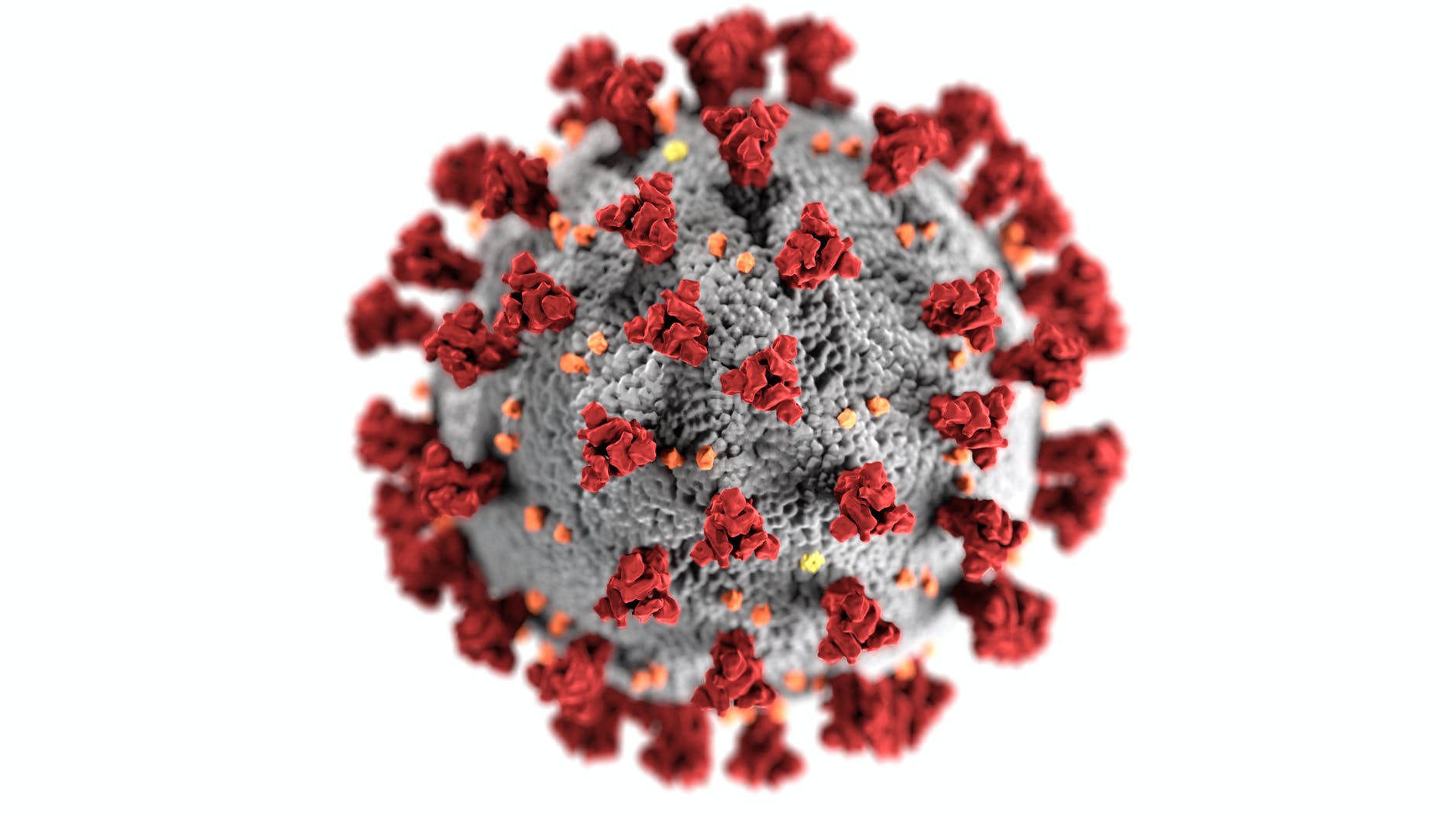
Episode 1
Introduction. Two types of “Deadly Microscopic Agents.” An introduction to what I’ll be talking about. Today: types of toxins. Somehow I forget the word “pathogen” exists. 8 min
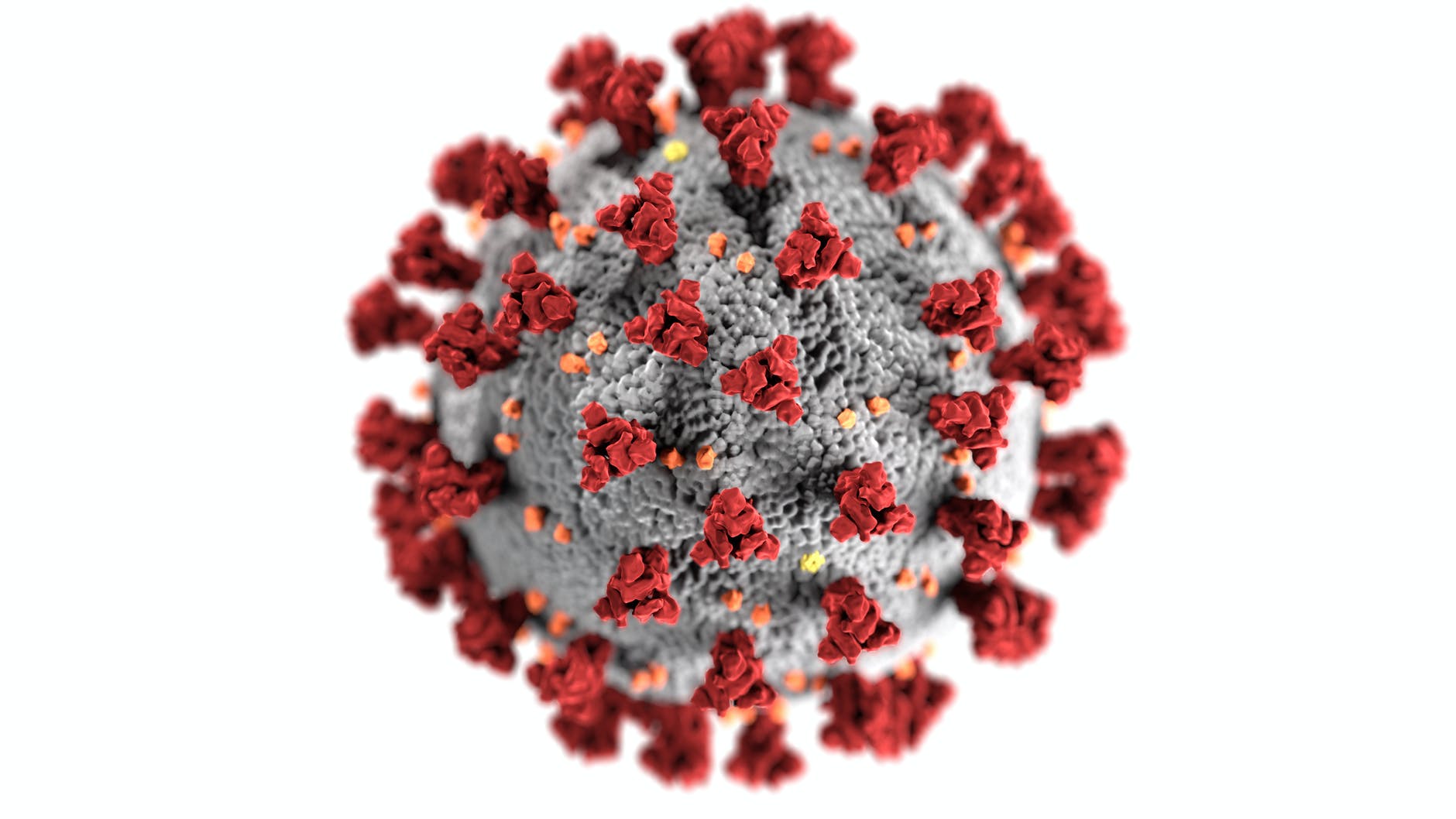
Episode 2
Five general types of infectious agents. Somewhat arbitrary, but here are five classes of infectious agents. The word “pathogen” still fails to come to mind. 5 min
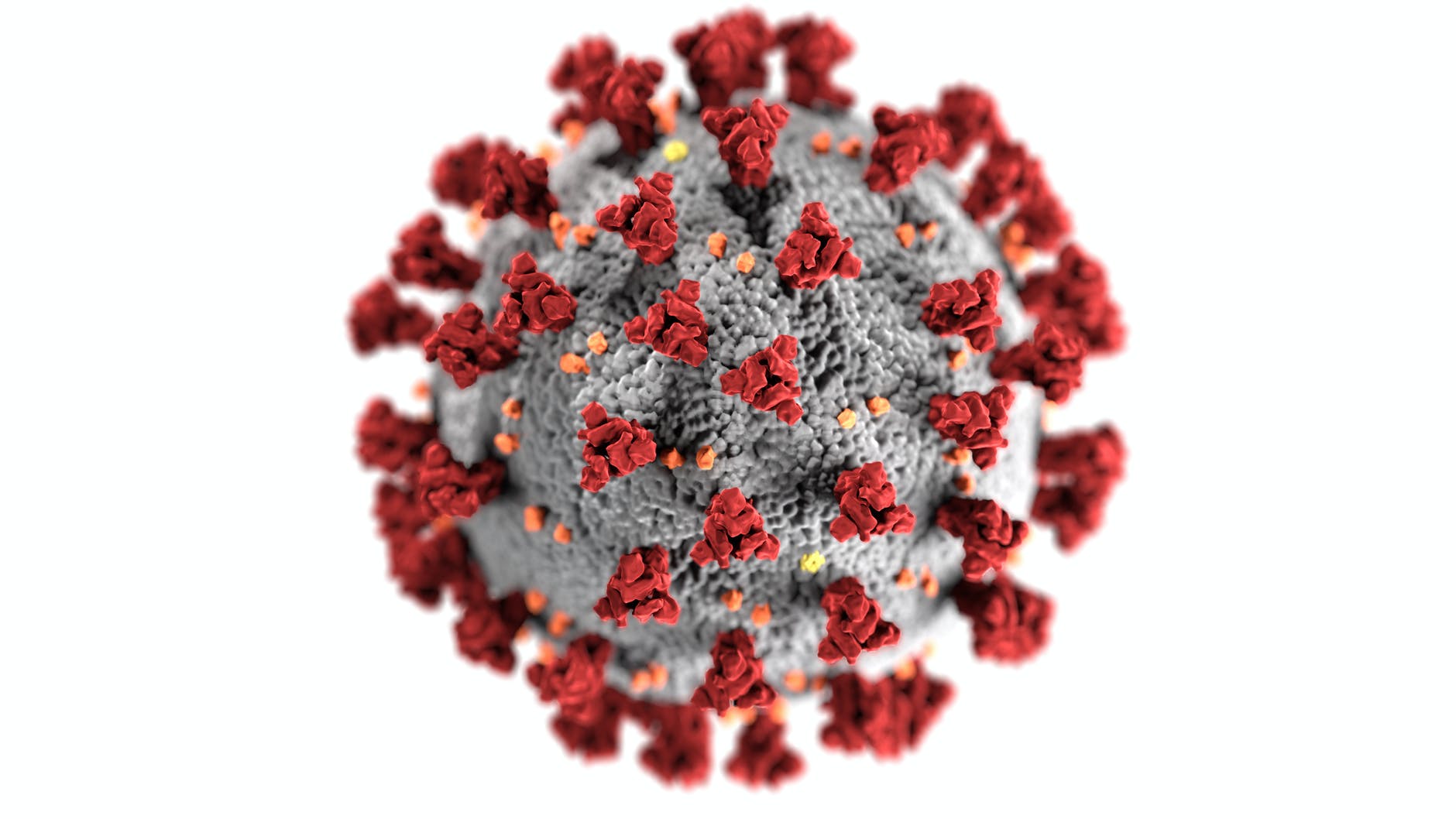
Episode 3
B.C. Era Epidemics. Some definitions we should know, followed by descriptions of three epidemics from 5000 to 430 B.C. 10 min
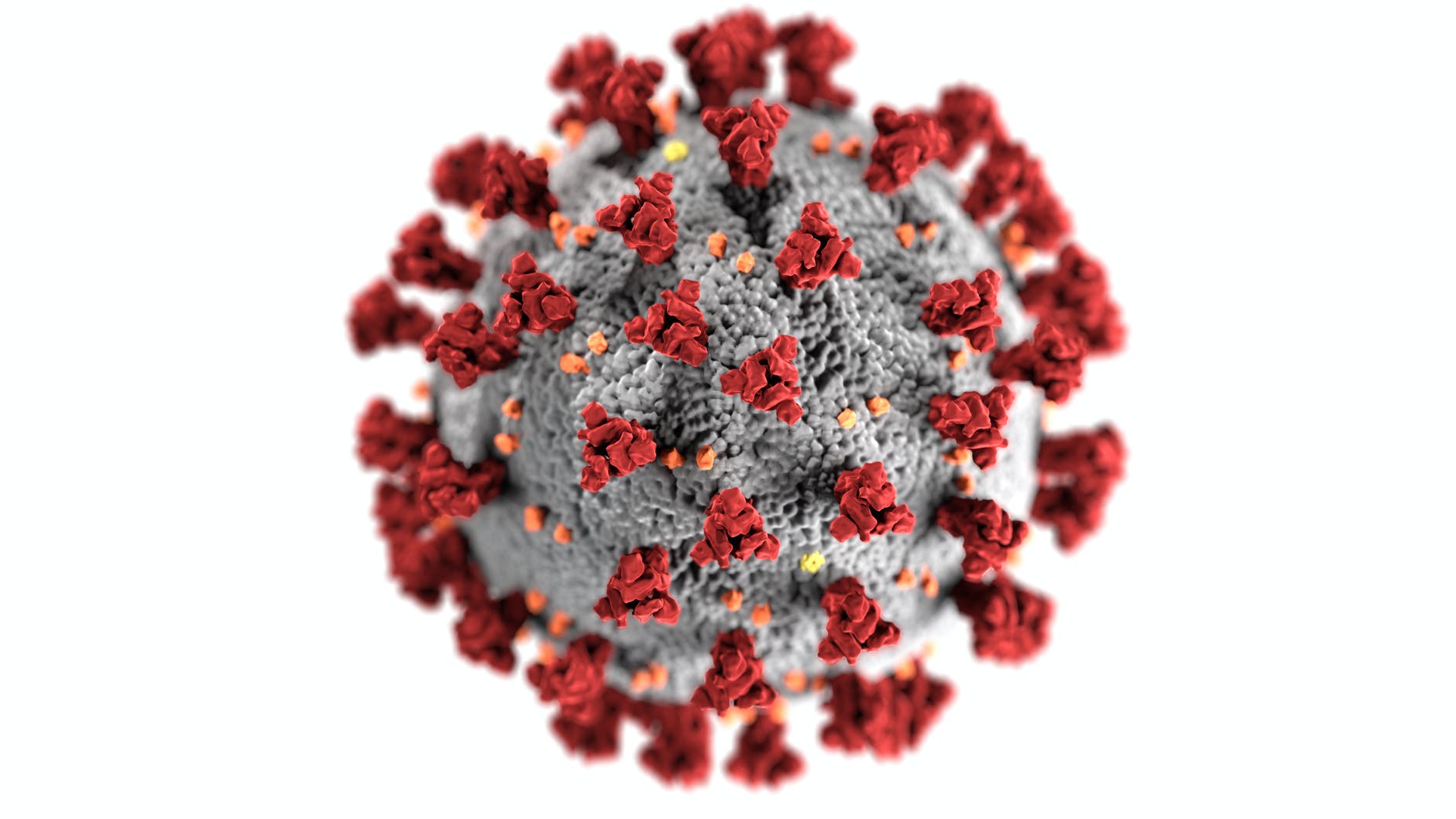
Episode 4
Roman & Byzantine Epidemics. The Antonine Plague (165 A.D., smallpox?) and the Plague of Justinian (541 A.D., bubonic plague). 8 min

Episode 5
Japanese Smallpox Epidemic. 735-737 AD. Smallpox affected all of Japanese society, up to the very top. 7 min
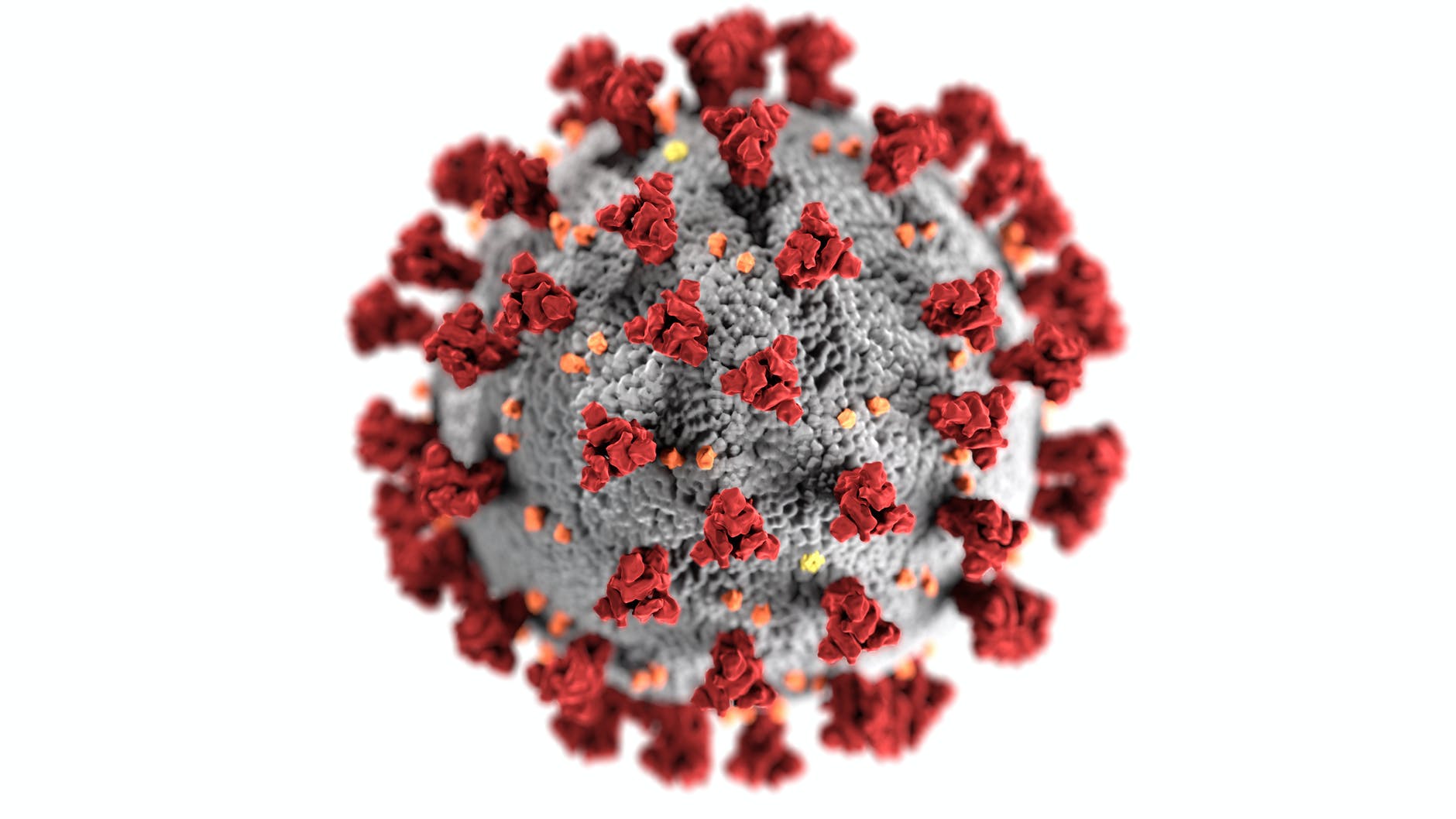
Episode 6
The Black Death. 1346-1353. The most famous plague in history. Symptoms of the bubonic plague. Where it hit. Death toll. Types of bubonic plague. The Sedlec Ossuary. The Plague Cross. 12 min
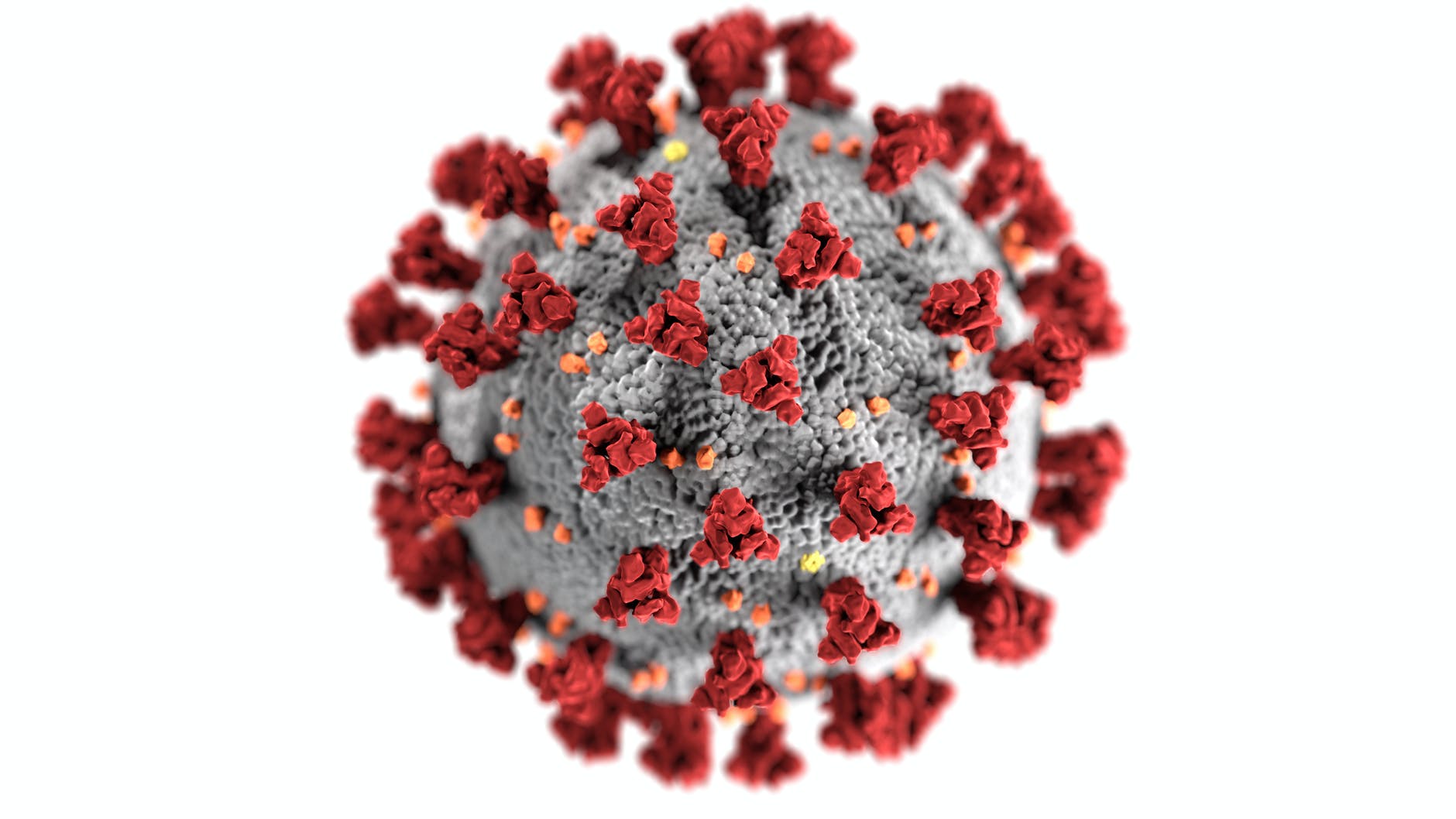
Episode 7
Pandemics in Mexico in the 1500’s. Devastation from smallpox brought by Europeans. It’s effect on the Aztec Empire. Firsthand accounts. Smallpox symptoms. The origin of smallpox. The famous story of Edward Jenner and the smallpox vaccine, but who was Lady Mary Wortley Montagu. Also the Cocoliztli Epidemic. 16 min

Episode 8
All About Viruses, Part 1.
What’s a virus? What types are there? How do they make us sick? How were they discovered? Viruses are NOT inherently bad? What are phages and what is phage therapy? 20 min
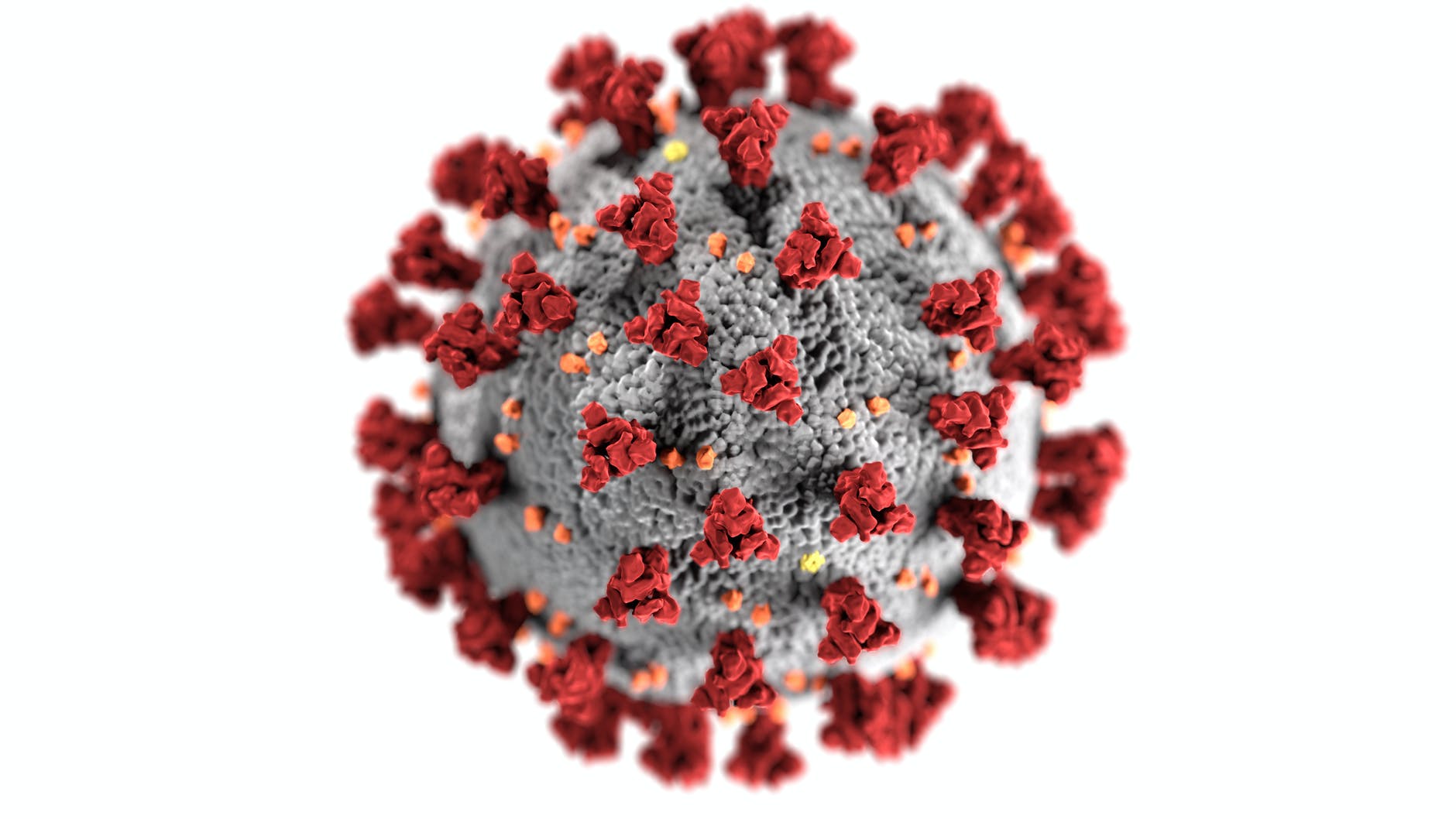
Episode 9
All About Viruses, Part 2.
More characteristics of viruses. Origins of viruses. Are they alive? How do viruses replicate (“life cycle”)? 12 min
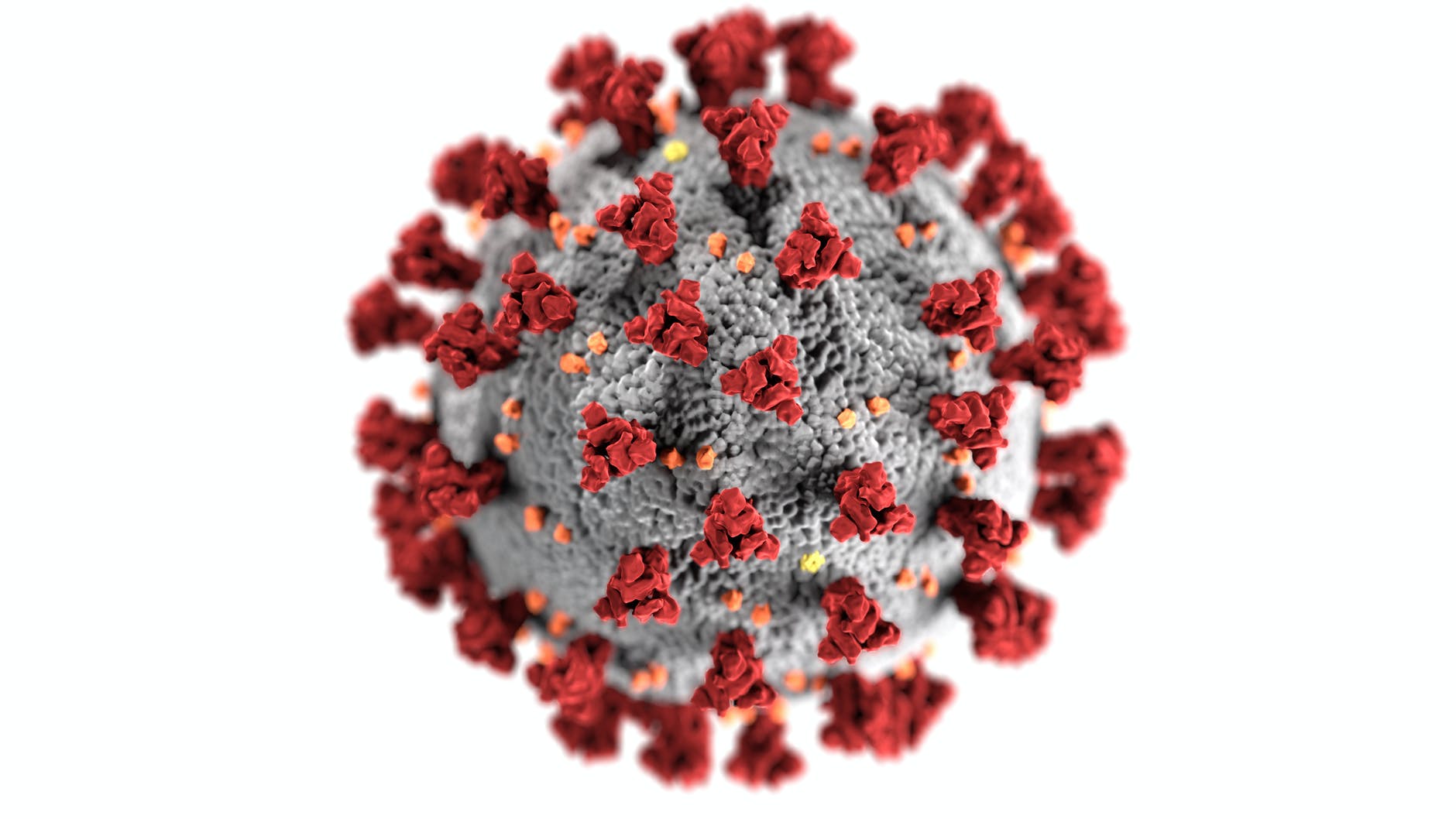
Episode 10
All About Viruses, Part 3.
Retroviruses. What are retroviruses? Adeno-associated virus gene therapy (Duchenne muscular dystrophy example). 16 min

Episode 11
16th-18th century outbreaks and epidemics in America. Generally brought to North America from Europeans. Yellow fever, smallpox, bubonic plague, influenza, typhus, chickenpox, malaria, diptheria. Disease outbreaks among Native Americans. Timeline of outbreaks and descriptions. 16 min
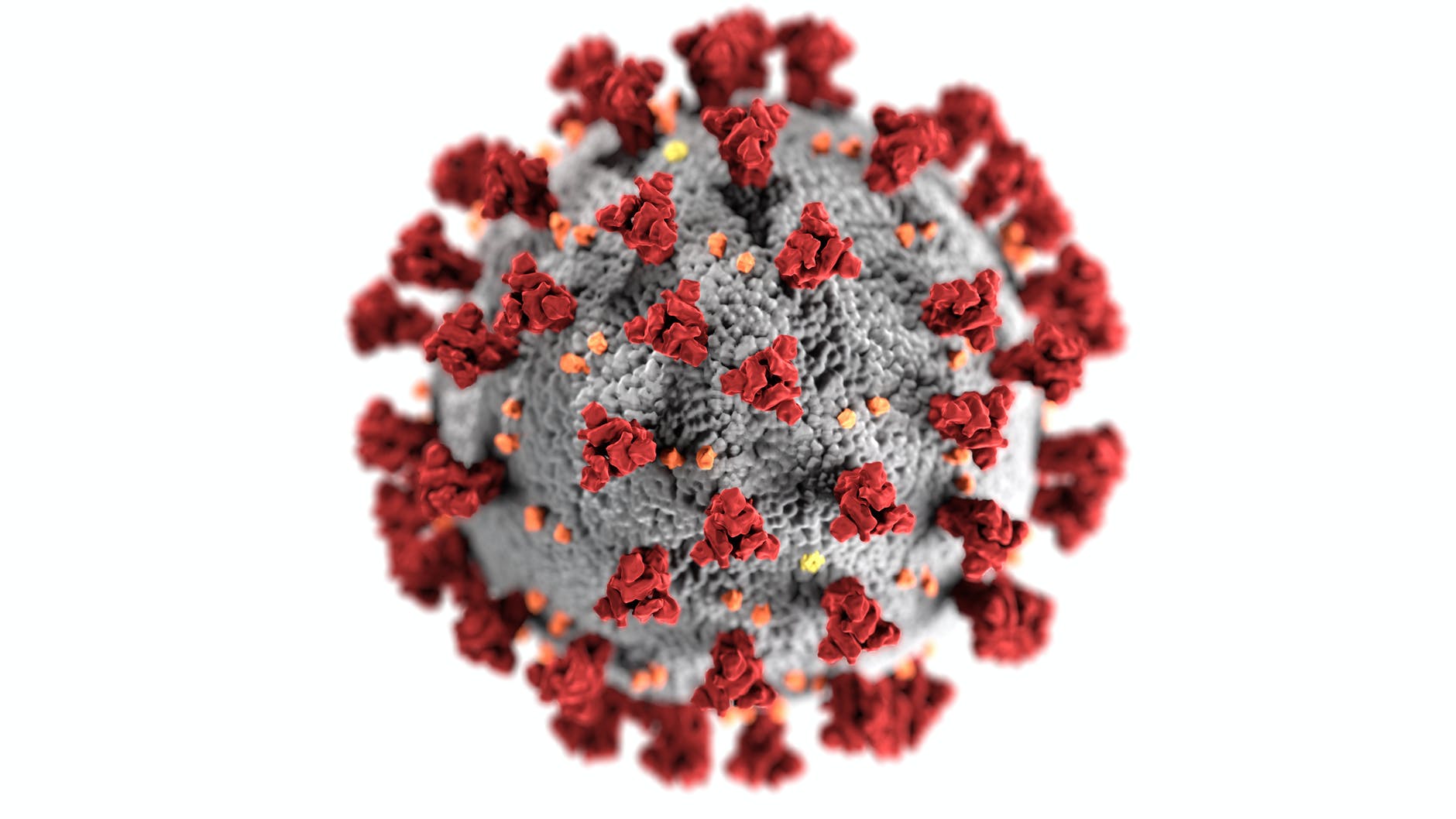
Episode 12
More plagues in the 16th-18th centuries in Europe. Sweating sickness, typhus, lots more bubonic plague including the “Great Plague.” The Great Fire of London. 17 min
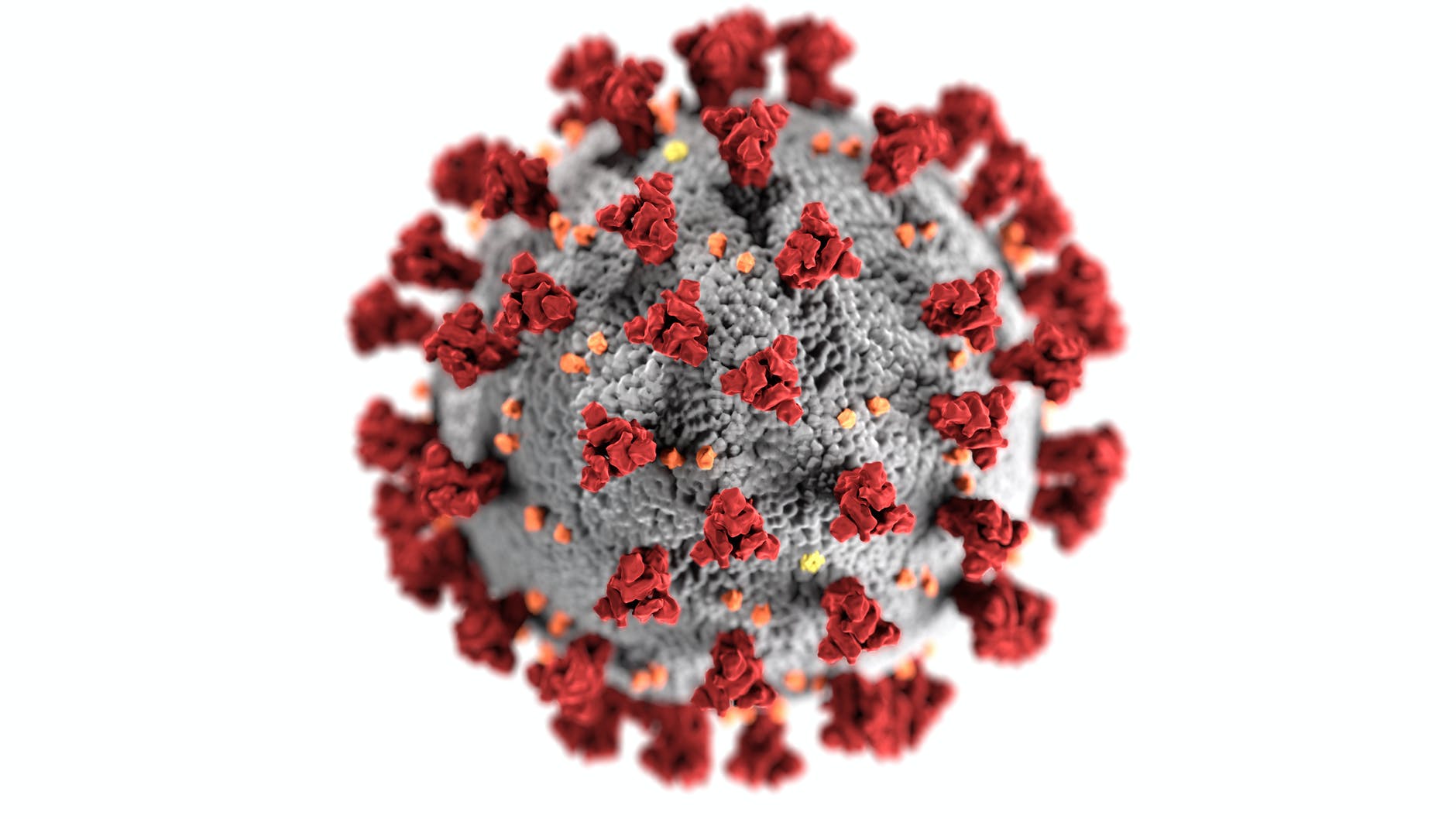
Episode 13
Stories from the 16th-18th centuries in Europe. The Russian Plague of 1770 & the Plague Riots. the true and inspiring story of the English village of Eyam. More science about the bubonic plague. Ring Around the Rosie? Three types of bubonic plague. A bubonic plague vaccine? 16 min

Episode 14
Cholera epidemics from 1817. First, second, and third cholera epidemics. In India, Europe, Russia, and the Americas. What is cholera & how does it work? Its symptoms. Current situation. Miasma, germ theory and the importance of the epidemiological work of John Snow’s observations of the Broad Street epidemic of 1854. 15 min
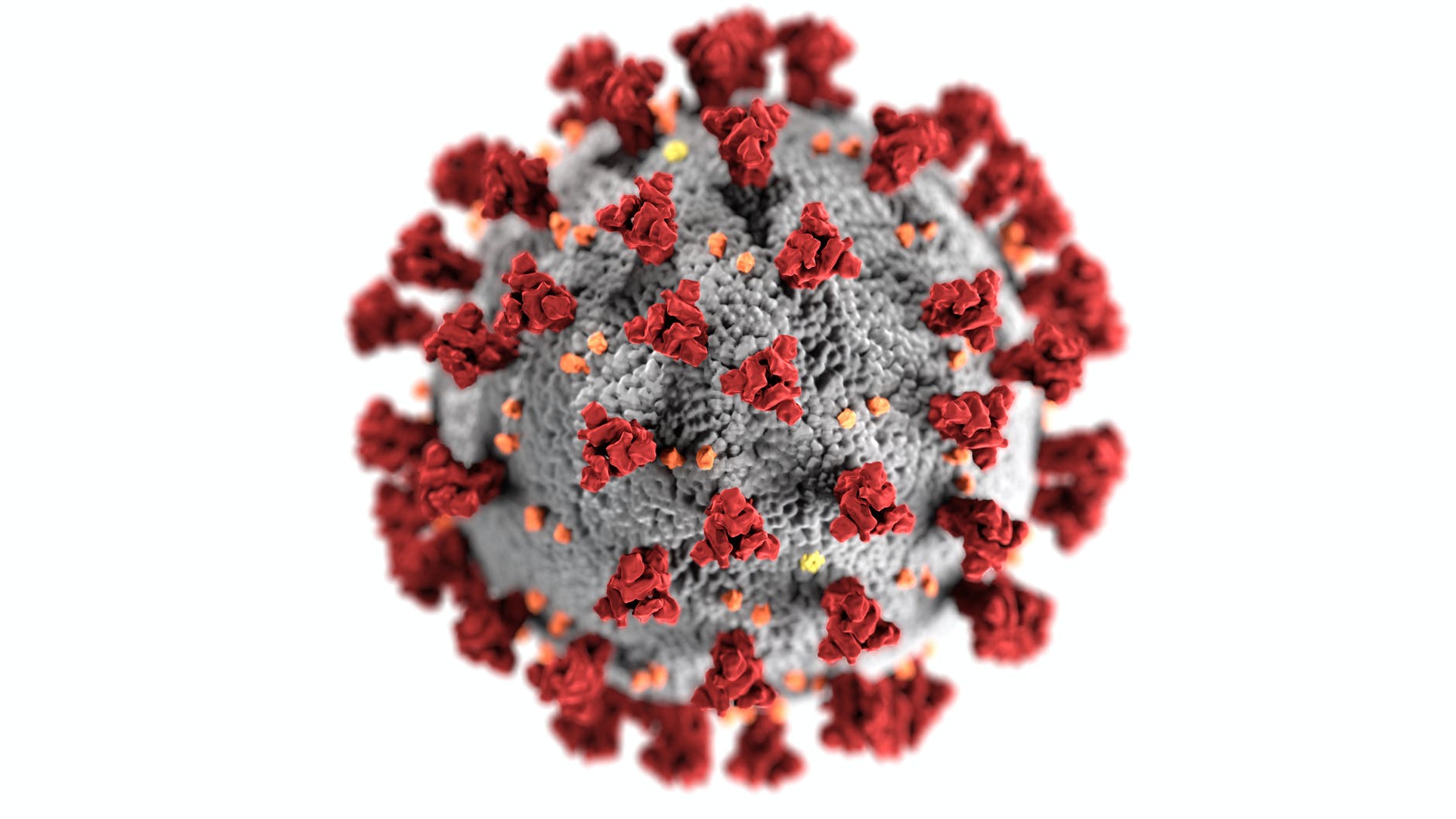
Episode 15
Smallpox Wrap-up. Where did smallpox come from? How does it infect? What is chickenpox? What is shingles? Timeline of smallpox outbreaks. The end of smallpox. Then again, is it really gone? 16 min

Episode 16
Pre-1918 Influenza Epidemics. From 5000 B.C. to the 1889 “Russian Flu.” Including the role of Christopher Columbus, and the arrival of the flu in the Americas. Early theories of the causes of flu, and early flu treatments. 17 min

Episode 17
The 1918 “Spanish Flu.” Why was it called that? How it happened. Who was affected and theories about why. Masks! Social distancing! Snake oil cures. Yes, literally snake oil. 18 min
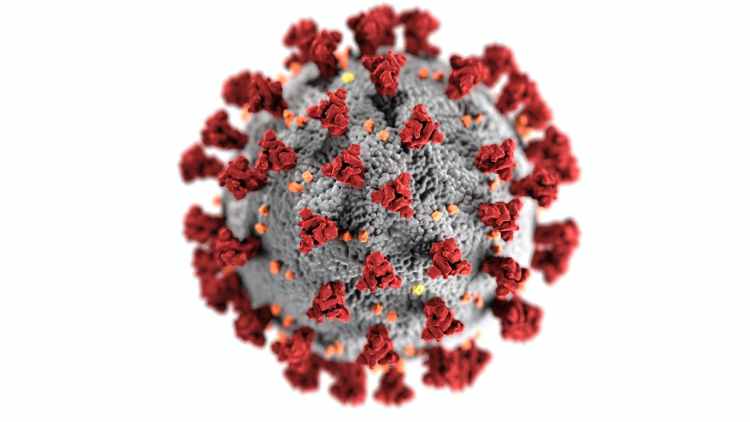
Episode 18
Polio Part 1. What is it? How long has it been around? Polio in the 1900’s. President Franklin Roosevelt. Weird early treatments. The Iron Lung. 1950’s outbreaks. 16 min

Episode 19
Polio Part 2. Vaccines. The development of them (drama!). Koprowski’s live attenuated vaccine vs. Salk’s dead-virus injectable vaccine. How Koprowski’s vaccine was made (wild science). Experimenting on disabled or prison poluations (not cool). Roosevelt and the March of Dimes. The Koprowski/Sabin sugar cube vaccine. Legacy of Jonas Salk. Some real polio stories I cultivated from folks on FB. 17 min

Episode 20
1957 “Asian Flu.” First I try to guess at what pathogens killed the most people in all of history. (I revise this in a later episode.) Also a little cholera story. Then the story of the Asian Flu. About flu subtypes and the origin of the Asian Flu. 13 min

Episode 21
1968 “Hong Kong Flu.” First I mention a 1348 plague-related riot in Germany. Then I talk about how the 1918 flu might have changed history when President Woodrow Wilson came down with it. Then I turn to the 1968 flu. How did it arise? Who was affected? What about Woodstock? 11 min

Episode 22
HIV/AIDS Part 1. Symptoms. Treatment. Origin. History of cases from the 1970’s. Politics/Ronald Reagan. AIDS organizations. Ryan White. Other famous victims. Statistics. 15 min

Episode 23
HIV/AIDS Part 2. Virology of AIDS (how it infects). G. W. Bush’s AIDS relief program. HIV drugs. ART (anti-retroviral therapy). Work on HIV vaccines – why so difficult. “Cured” patients. HIV-denialist Peter Duesberg. The work of Robert Gallo and Luc Montagnier. 15 min

Episode 24
SARS and MERS. Introduction to Coronaviruses. The facts of the SARS & MERS outbreaks. Responses to the threats. What are coronaviruses? 17 min

Episode 25
2009 “Swine Flu” and the Evolution of Flu Strains. Swine flu details & stats. Why called Swine Flu? Barack Obama’s response & criticism. Also, how did flu viruses evolve? What flu strains existed over the decades & where did they come from? How do new strains come about? Finally, I go through the whole evolution of flu strains from 1918 Spanish Flu through the 2009 Swine Flu. It’s nuts! 16 min

Episode 26
2014-2016 West African Ebola Epidemic. It’s origin. Stats. Ebola in the US and political ramifications. About the virus: symptoms & how it works. Vaccine development. 14 min

Episode 27
Typhus & How Bacteria Work. Types of typhus. Symptoms. I then swerve into a discussion of how bacteria work. Then back to typhus: How it works. Is there a vaccine? Historical outbreaks. Typhus in literature and on television. Anne Frank. 12 min

Episode 28
Measles. What it is and how it works. The measles vaccine. Anti-vaccination sentiment. The origin of measles and historical outbreaks. 15 min

Episode 29
Tuberculosis. Deadly stats. What it is. How it works. “Consumption.” Drug-resistant TB. Historical outbreaks. TB and vampires? Sanitariums. Vaccine. The “romantic disease.” Famous people who had TB. 18 min

Episode 30
Malaria. What it is. Discovery of malaria. It’s life cycle. Connection to sickle cell anemia. Historical outbreaks. The Vampire of Lugano (vampires again!). Link between malaria and slavery in America? Current situation. World Mosquito Day? 18 min

Episode 31
Special Topic: CRISPR. What is it and what is it good for? My prediction, on September 3, 2020, that Emmanuelle Charpentier and Jennifer A. Doudna would win the Nobel Prize. They won on October 7, 2020. 16 min

Episode 32
Special Topic: How Pandemics End. First, I revisit the smallpox vaccine. Then I review a Ted Talk by Alex Rosenthal regarding how pandemics can end via three possible strategies. 12 min

Episode 33
Special Topic: The He Jainku Controversy. What did this guy do? Why was it so controversial? Hint: It involves CRISPR (Ep 31) and adeno-associated retroviruses (Ep 10) and making “designer babies.” 13 min

Episode 34
Special Topic: COVID-19 Vaccines. First I discuss the phases of drug or vaccine trials, then discuss the immune system, and finally outline the various approaches to COVID-19 vaccines (which largely applies to vaccines in general), including very recent advances in types of vaccines, and what the COVID-19 vaccine picture looks like in the Fall of 2020 – what companies have vaccines in trials. 21 min
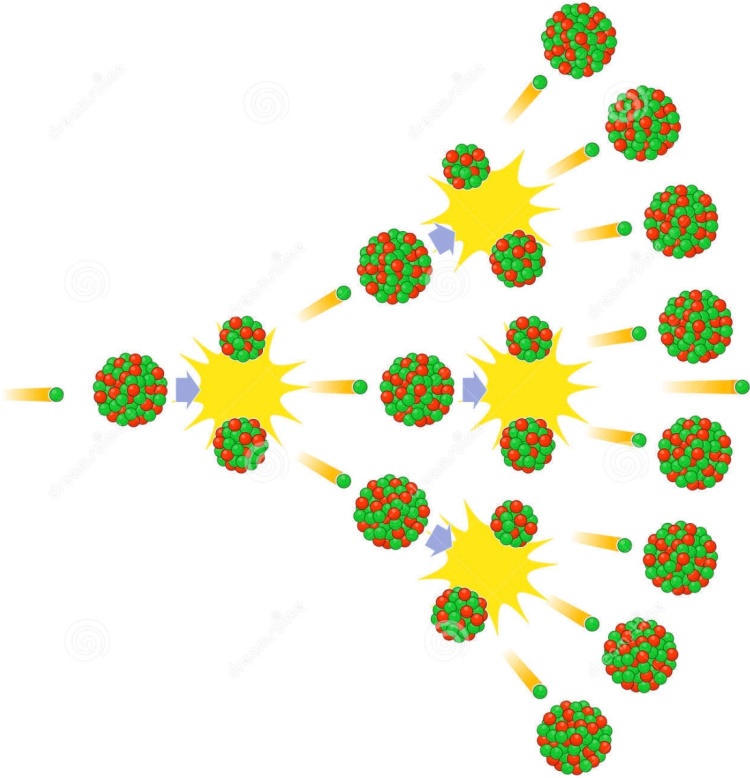
Episode 1 (of Isotopes!)
It’s About Isotopes. Why isotopes? An introduction to the series. 4 min

Episode 2 (of Isotopes!)
The Standard Model. A review of what particles make up the universe. 6 min
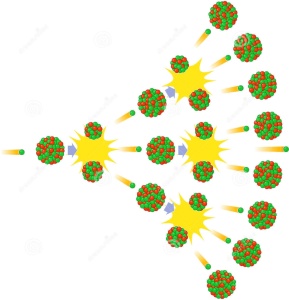
Episode 3 (of Isotopes!)
Atoms. How atoms are constructed. 6 min

Episode 4 (of Isotopes!)
What’s an Isotope? How isotopes are defined. Examples. 9 min

Episode 5 (of Isotopes!)
Stable vs Radioactive. Some isotopes are stable. Some are radioactive. What’s the difference? 12 min

Episode 6 (of Isotopes!)
Types of Radioactive Decay. What is radioactive decay? How do atoms decay? 9 min

Episode 7 (of Isotopes!)
Primordial Isotopes. What are primordial isotopes? Also some random isotope facts. 9 min

Episode 8 (of Isotopes!)
Carbon Dating. What is carbon dating? Also, what are Seuss Effects? 8 min

Episode 9 (of Isotopes!)
Isotope Fractionation. What is isotope fractionation? How is it used? 7 min

Episode 10 (of Isotopes!)
King Richard III. What did isotopes tell us about King Richard III? 9 min

Episode 11 (of Isotopes!)
Ötzi the Iceman. Who was Ötzi? What did isotopes tell us about him? 9 min

Episode 12 (of Isotopes!)
Zinc Tracers & Biomarkers. What is a tracer? How are isotopes involved? 7 min

Episode 13 (of Isotopes!)
Heavy Water. What is heavy water? What are its properties? 12 min

Episode 14 (of Isotopes!)
Doubly Labeled Water. What is double labeled water? How is it useful? 14 min

Episode 15 (of Isotopes!)
Urea Breath Test. What is the urea breath test used for and how are isotopes involved? 6 min

Episode 16 (of Isotopes!)
Brachytherapy. What is brachytherapy and how are isotopes involved? 5 min

Episode 17 (of Isotopes!)
Targeted Radioisotope Therapy. How is targeted radioisotope therapy different from brachytherapy? 7 min

Episode 18 (of Isotopes!)
Radioimaging. How are isotopes used in medical imaging? 5 min

Episode 19 (of Isotopes!)
Positron Emission Tomography. Positrons! So cool. Check it out. 8 min

Episode 20 (of Isotopes!)
Isotope Clumping. What is isotope clumping and what can it tell us? 10 min

Episode 21 (of Isotopes!)
Americium-241. How did this element get its name? Where would you find it? Can you make a nuclear bomb from a household item? 5 min

Episode 22 (of Isotopes!)
Cosmogenic Isotopes. What are cosmogenic isotopes? What can they tell us? 6 min

Episode 23 (of Isotopes!)
Krypton-86. The discovery of Krypton. It’s properties. It’s uses and some Krypton trivia. 8 min

Episode 24 (of Isotopes!)
Kik The Woolly Mammoth. Who was Kik and how were isotopes used to learn about him? 6 min

Episode 25 (of Isotopes!)
U-235 Fission. How does a U-235 atomic bomb work? How does fission work. What’s a chain reaction? 9 min

Episode 26 (of Isotopes!)
Decay Series. What is a decay series? A few extra facts about Uranium. 12 min

Episode 27 (of Isotopes!)
Detecting Isotopes. Methods to detects isotopes. The Geiger counter. The scintillation counter. Mass spectrometry. Nuclear magnetic resonance spectroscopy. 11 min

Episode 28 (of Isotopes!)
Murder By Isotope. Have isotopes been used to kill people? Of course they have. 12 min

Episode 29 (of Isotopes!)
Radioisotopic Thermoelectric Generator. What’s an RTG? How does it work? RTG accidents. 12 min

Episode 30 (of Isotopes!)
Extinct Isotopes. What are extinct isotopes and what do they tell us? 10 min

Episode 31 (of Isotopes!)
Wrap Up. A review of a few basics. The end. 7 min
